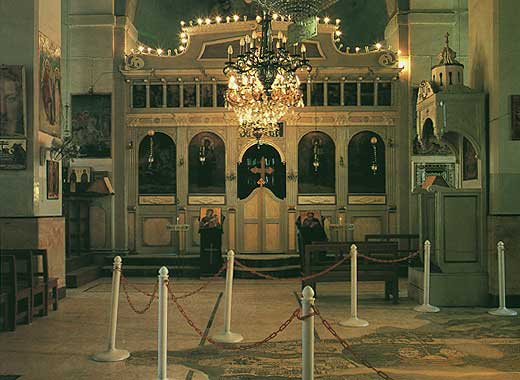
When you think of the name Jordan, the first thing that comes to your mind might be Michael Jordan, one of the greatest basketball players of all time. But here, I’m referring to the Hashemite Kingdom of Jordan, an Arab country in West Asia.
Known for its stunning desert landscape at Wadi Rum( which featured in the timeless movie “Lawrence of Arabia”), the historic sites on the old trade routes and Jordan’s most famous landmark, Petra.
My journey began with the arrival of the flight at Queen Alia International Airport. It was built in 1983 and is named after Queen Alia, the third wife of the late King Hussein of Jordan, who died in a helicopter crash in 1977. Waiting outside the airport was a line of luxury buses and tour guides, beckoning the tourists to begin their exciting trip in Jordan.

The bus journey is one of the things I like the most on a trip, I get to enjoy the various sights the place has to offer. Jordan is mostly a desert and majority of the population still live in a Bedouin-style way. Though Amman, the capital city is modernized, there is still a segment of people who prefer the desert life.
Our first stop was Madaba, “The City of Mosaic”. In order to reach there, we had to take the King’s highway. For centuries the Kings’ Highway was the principal route for traders travelling between Arabia and the Levant (Eastern Mediterranean).

Located at the northern end of the King’s Highway is Madaba, which has a strong Christian heritage, with numerous churches dotted around its quiet, charming streets. The town is best known for the fine examples of Byzantine-era mosaics, the most famous of which is a map from the 6th century depicting Jerusalem and its surrounding regions, which is located in St. George’s chapel. The streets of Madaba are crowded with souvenir shops, selling mosaic handicrafts and local eateries famous for its falafel and hummus.

Ten minutes to the west of Madaba is the most revered site in Jordan: Mount Nebo, with the memorial of Moses at the presumed site of the prophet’s death and burial-place. The view from the top of Mount Nebo is spectacular, overlooking the river Jordan, Israel and the Dead Sea. The Serpentine Cross sculpture atop Mount Nebo was created by Italian artist, Giovanni Fantoni. It is symbolic of the bronze serpent created by Moses in the wilderness, according to Jewish and Christian traditions.

The way down Mount Nebo is along the entwined roads of the King’s highway, which is pretty scary because these big luxury buses go to-and-fro on such narrow roads! But the bus drivers know their roads very well, so there was nothing to fear about.

Next week, we’ll take a look at one of the fascinating new wonders of the world, the Rock City-Petra. Do send in your suggestions, articles and photographs at [email protected].

Be the first to comment